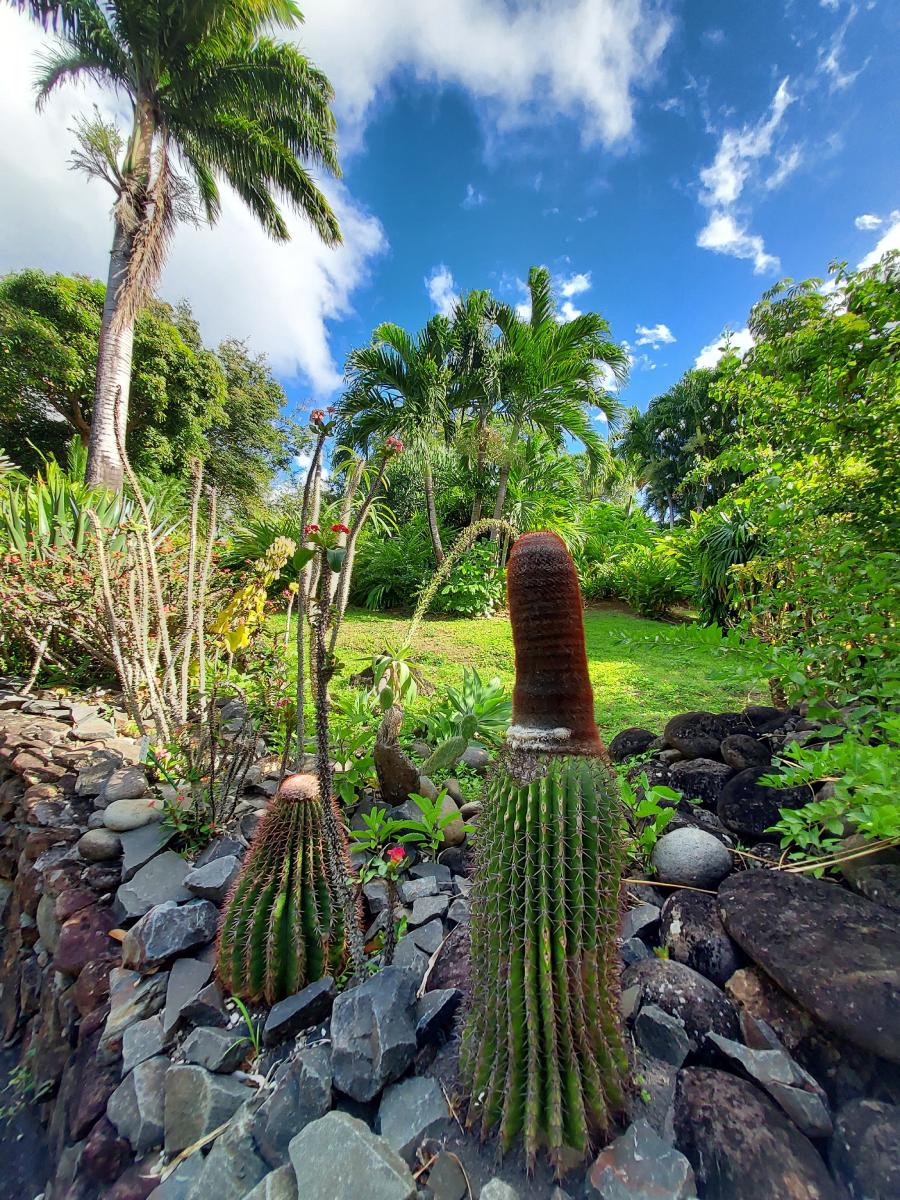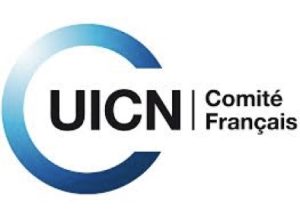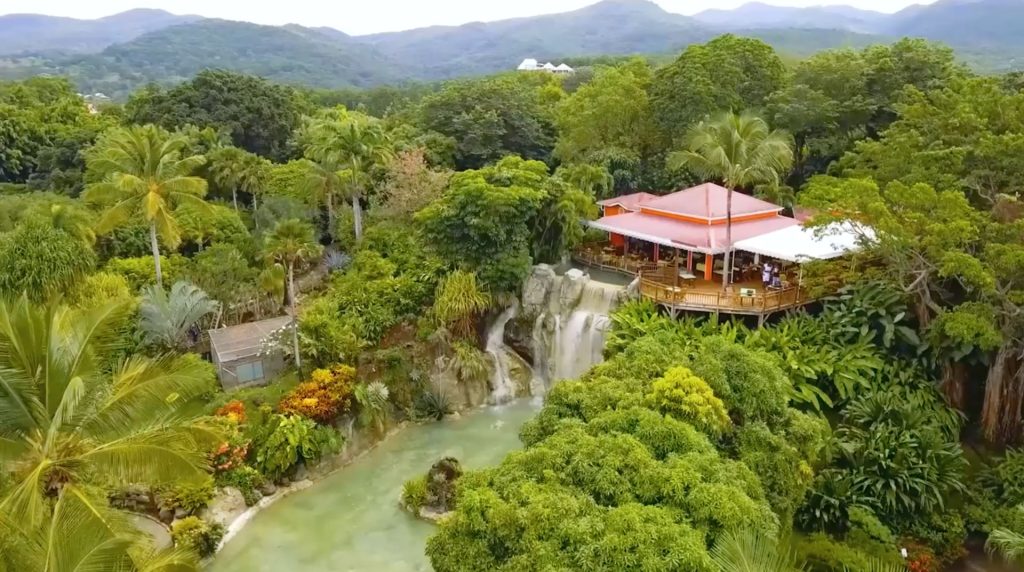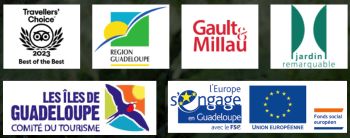
Biodiversity protection
What is biodiversity?
The word biodiversity is the contraction of biological and diversity. Biodiversity is the living fabric of our planet. This covers all natural environments and forms of life (plants, animals, fungi, bacteria, etc.) as well as all the relationships and interactions that exist, on the one hand, between living organisms themselves, on the other hand, between these organisms and their habitats. We humans belong to a species – Homo sapiens – which is one of the threads of this fabric.
Biodiversity provides irreplaceable and essential goods for our daily lives: oxygen, food, medicines and many raw materials (wood, fibers such as wool, cotton, hemp, etc.).
When they are in good condition, natural environments and species also provide us with many services, for example:
- Animals, in particular insects, ensure the pollination of a multitude of plants. Without pollination, most fruits and vegetables would disappear from the shelves;
- Species, such as the earthworm, contribute to soil fertility;
- Plants, particularly in humid environments, contribute to the natural purification of water by drawing from it the elements necessary for their growth;
- Wetlands protect against coastal erosion, reduce the intensity of floods and floods… helping to fight against the effects of climate change;
- Natural environments and green spaces in cities structure our landscapes and improve our living environment, offering us so many places to recharge our batteries, walk, marvel...

How is biodiversity threatened?
Specialists estimate that 5 to 100 million species inhabit our planet.
However, at the same time, experts indicate that half of living species could disappear within a century, given the current rate of their disappearance, 100 to 1000 times higher than the natural rate of extinction. Some scientists also speak of an ongoing process towards a sixth mass extinction of species, the latest being that of the dinosaurs, 65 million years ago. But the current crisis is much faster.
The International Union for Conservation of Nature (IUCN) offers a global inventory of the conservation status of species, the World Red List of Threatened Species. In 2018, 28% of the 96,951 species studied are threatened.
Some natural causes can explain the disappearance of natural species or habitats, but the current rate is largely attributable to human activities:
- The destruction and fragmentation of natural environments
- Overexploitation of wild species
- Water, soil and air pollution
- Climate change
- The introduction of invasive alien species
256 species of Guadeloupe flora threatened with extinction
 IUCN Press Release -21 November 2019
IUCN Press Release -21 November 2019
Located in the heart of a “hot spot” of global biodiversity, Guadeloupe has an extremely rich but extremely fragile natural heritage. For the first time, the analysis of the situation of each of the 1706 species of native vascular flora shows that 15% of them are threatened. These new results of the Red List of Threatened Species in France were established by the French Committee of the International Union for Conservation of Nature (IUCN) and the National Museum of Natural History (MNHN), with the support of a group of botanists, all specialists in Guadeloupe flora, mobilized with the Botanical Conservatory of the islands of Guadeloupe. Many dangers are highlighted at the end of the inventory which focused on all of Guadeloupe's vascular flora (ferns, trees, orchids and other flowering plants). In total, at least 5 species have already disappeared, 256 are threatened and 110 others are near threatened.
The destruction, degradation and fragmentation of natural environments are the main threats affecting plant species. The archipelago has a particularly high rate of deforestation, the highest of all overseas. Urban and agricultural development is particularly responsible for the gradual disappearance of many species from lowland forests. This is for example the case of Courbaril , a tree found mainly in Basse-Terre and classified as “Vulnerable”, Dendé or Glouglou, a palm classified as “Critically endangered”, or the tree fern Cyathea pungens , “Critically endangered. " also. In low-altitude environments, beyond the strong pressure from development, certain species have been subject to targeted exploitation for their ornamental or medicinal properties or for their wood. This is the case of the Gaïac which today has less than 250 mature feet and is classified as “Endangered”.
Many plants in these natural habitats are also affected by grazing and trampling by free-roaming domestic cattle or goats, such as the English-headed cactus classified as “Critically Endangered”. The latter, like other species, is also subject to collection by collectors despite its status as a species protected by regulations.
In the forest, maintenance and development sometimes also constitute sources of pressure for the flora. The widening of mountain trails and the resulting soil erosion thus threaten the preferred habitat of several rare species, particularly at the level of the ridges.
Finally, the spread of invasive alien species accentuates the threats weighing on certain plants, through the competition for resources that it entails or through the modification of habitats such as the forests on the banks of rivers.
To respond to these threats, protective measures, conservation actions and natural environment management plans have been put in place. Despite these efforts, the situation of the flora of Guadeloupe remains worrying, in a region marked by strong development where biodiversity appears fragile and in decline. In order not to see remarkable species disappear, a strengthening of protections and the deployment of targeted actions appear essential. The priorities for action and the responses to be provided can be identified with the help of this new Red List with all the actors concerned, in order to strengthen the preservation of this exceptional natural heritage in the future.


